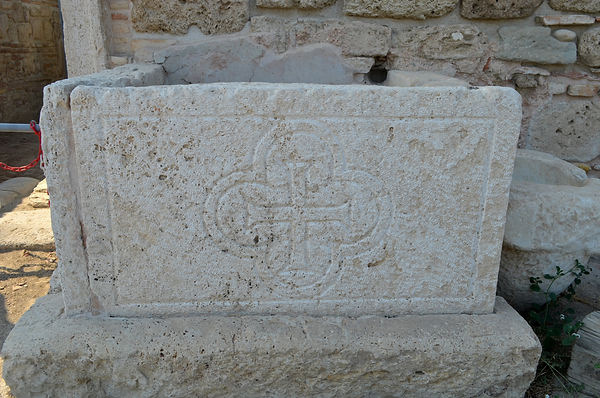Laodicea
Laodicea is a Phrygian city at a strategic road junction near modern Denizli in Turkey. It was one of the seven churches of the province of Asia listed in the Book of Revelations. Laodicea was an ecclesiastical metropolis.
It was made capital of Phrygia Pacatiana in the early 4th century. Laodicea was a major center of textile production and seat of a council in 380. Inscriptions and a sparse archaeological record suggest continuity through the late 6th century. Laodicea , a city of the Thrakesion theme, was taken by the Seljuks after the battle of Mantzikert in 1071. It became an important frontier post after its recapture by the Byzantines in 1096 and was the goal of frequent, sometimes successful, Turkish attacks. John II Komnenos retook it in 1119 and built new walls. At the time of the Second Crusade in 1148 it was isolated in territory controlled by the Turks and administered by a doux. When Manuel I recaptured it in 1160, the city was not densely populated or well fortified, but spread out in villages. The Third Crusade of 1190 Laodicea surrounded by the Turks; it was the last Byzantine outpost on the road east or south. Laodicea was apparently the capital of the ephemeral theme of Meander, mentioned in 1198 and 1203. In 1206 it was taken by Manuel Maurozomes, ally of the Seljuk sultan, and remained under Turkish control until 1256, when it was surrendered to Byzantines, which held it only a few years.
Section under construction
Late Antique Basilica
Sources
Oxford Dictionary of Byzantium
Reference
Laodicea Album (Byzantine Legacy Flickr)
Late Antique Basilica/Laodicea Album (Byzantine Legacy Flickr)
.jpg)



.jpg)
.jpg)
.jpg)
.jpg)
.jpg)
.jpg)
.jpg)
.jpg)
.jpg)
.jpg)
